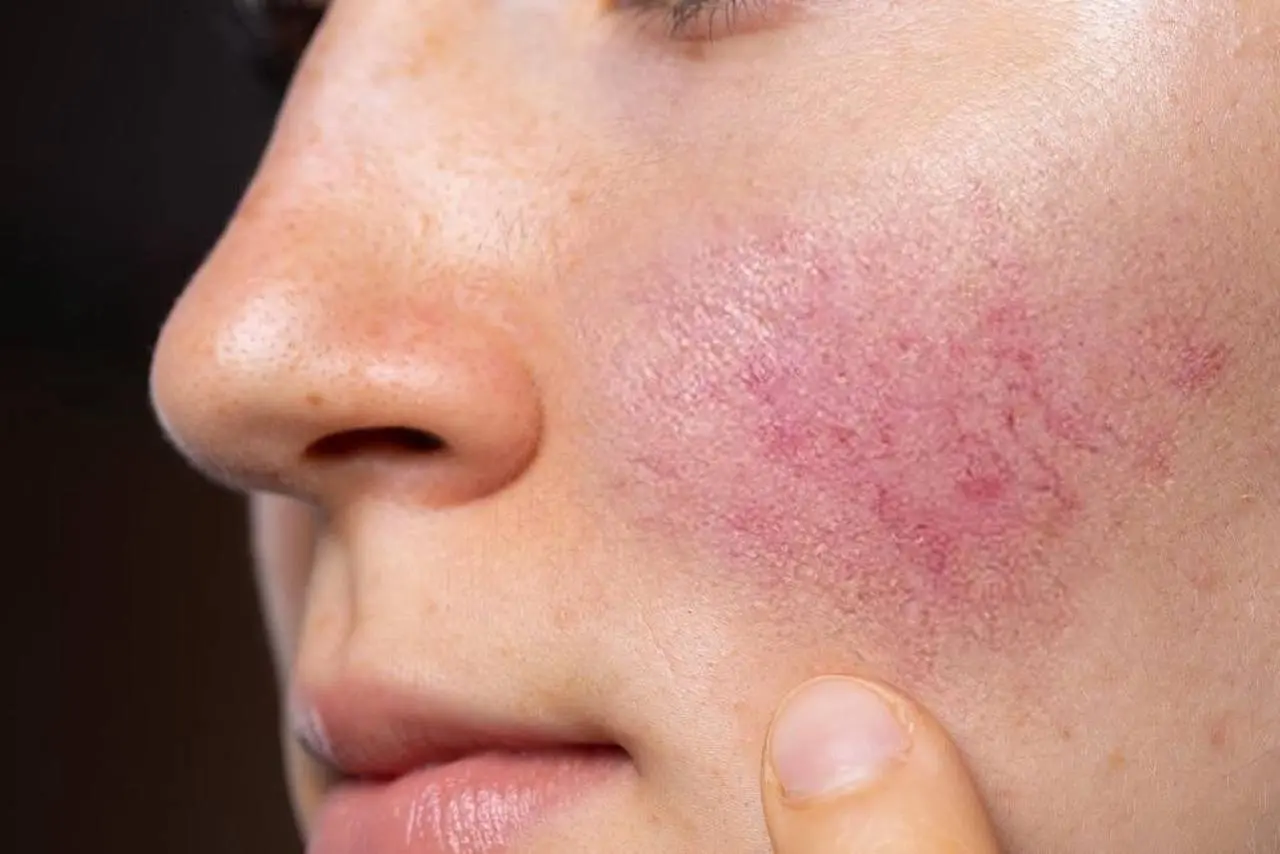In the realm of skincare, addressing conditions like Rosacea demands a nuanced and comprehensive approach. At Royal clinic, Soothing Your Skin: Rosacea Treatment Explained and have developed a step-by-step guide to assist you in managing this skin concern effectively.
Understanding Rosacea
Rosacea is a chronic skin condition characterized by persistent redness, visible blood vessels, and often, small, red, pus-filled bumps. While the exact cause remains elusive, factors such as genetics, environmental triggers, and an overactive immune system are believed to contribute.
Identifying Symptoms
Early identification of Rosacea symptoms is crucial. Look out for:
- Persistent Redness: Facial redness that doesn't subside.
- Bumps and Pimples: Small, red, pus-filled bumps resembling acne.
- Visible Blood Vessels: Prominent blood vessels on the skin surface.
- Eye Irritation: Gritty sensation and redness in the eyes.
The Step-by-Step Approach
1. Gentle Cleansing
Initiate your Rosacea treatment with a gentle cleanser. Harsh products can exacerbate symptoms. Opt for a mild, fragrance-free cleanser to delicately cleanse your skin without causing irritation.
2. Targeted Topical Treatments
Incorporate topical treatments specifically formulated for Rosacea. Look for ingredients like azelaic acid and metronidazole, known for their anti-inflammatory properties. These components aid in reducing redness and preventing flare-ups.
3. Hydration is Key
Maintaining skin hydration is paramount. Opt for a non-comedogenic moisturizer to soothe and hydrate the skin without clogging pores. Dehydrated skin is more prone to irritation, making proper hydration a crucial step in your routine.
4. Sunscreen: Your Shield
Sun exposure is a common trigger for Rosacea flare-ups. Incorporate a broad-spectrum sunscreen with SPF 30 or higher into your daily regimen. This protective measure helps shield your skin from harmful UV rays, preventing exacerbation of Rosacea symptoms.
5. Dietary Considerations
Certain foods and beverages can trigger Rosacea symptoms. Identify and avoid potential triggers such as spicy foods, alcohol, and hot beverages. Maintaining a healthy, balanced diet can contribute significantly to managing Rosacea from within.
6. Stress Management
Stress is a known trigger for Rosacea flare-ups. Implement stress management techniques such as yoga or meditation into your daily routine. These practices not only benefit your overall well-being but also contribute to keeping Rosacea symptoms in check.
7. Consultation with Dermatologist
For a personalized approach to Rosacea treatment, seek guidance from a dermatologist. A professional can assess your specific condition, recommend tailored treatments, and monitor progress effectively.
Conclusion
Navigating Rosacea requires a holistic approach that addresses both external and internal factors. At Royal clinic, we advocate for a step-by-step regimen encompassing gentle cleansing, targeted topical treatments, hydration, sun protection, dietary considerations, stress management, and professional guidance.


Leave a Comment